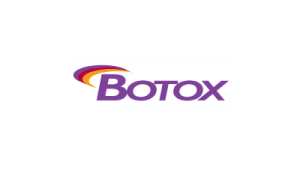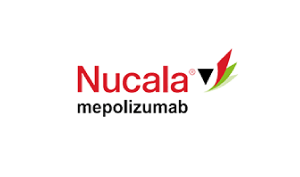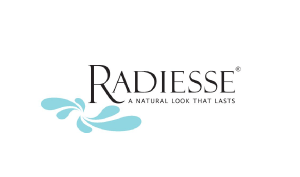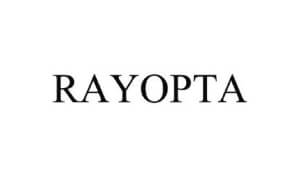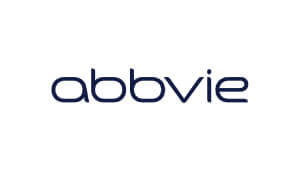Compelling Voice Over Narration for Medical-Legal Content
The world of medical narration covers a broad array of areas, among them continuing medical education, research, training, surgical animation, medical marketing, virtual reality, commercials, and more. Each application requires skilled voiceovers to inform and educate with subtle nuances appropriate for the different audiences.
Medical-legal content, which exists at the intersection of healthcare and law, includes various areas such as medical malpractice, personal injury claims involving medical issues, healthcare regulations, medical ethics, workers’ compensation, disability claims, pharmaceutical litigation, and healthcare contracts. Medical-legal voiceover is utilized in two key areas: the narration of Important Safety Information (ISI) for pharmaceuticals and medical devices, and the presentation of educational materials for courtroom use.
Expert Medical Narration: Precision for Important Safety Information (ISI)
Important Safety Information (ISI), which is required by regulatory bodies like the FDA, outlines crucial risks, side effects, contraindications, and usage instructions.
ISIs are written for two audiences: health care providers (HCPs) and their patients, and while the former is more detailed than the latter, both present information about drug benefits as compared with information about drug risks, also known as “Fair Balance”. Narrating these often lengthy scripts requires stamina, consistency and a subtle shift in tone depending on the listener.
The FDA requires that drug product claims in Direct-to-Consumer (DTC) ads must include “All the risks of using the drug.” In broadcast radio and TV pharmaceutical ads and website videos, ISI is also referred to as the “major statement,” which consists of the drug’s most important risks. The medical-legal voice over for the major statement must be delivered in a clear, non-judgemental, and neutral manner, requiring a deft balance between being engaging without being emotional — in spite of the sometimes scary side effects listed.
Make your case and settle it, once and for all.
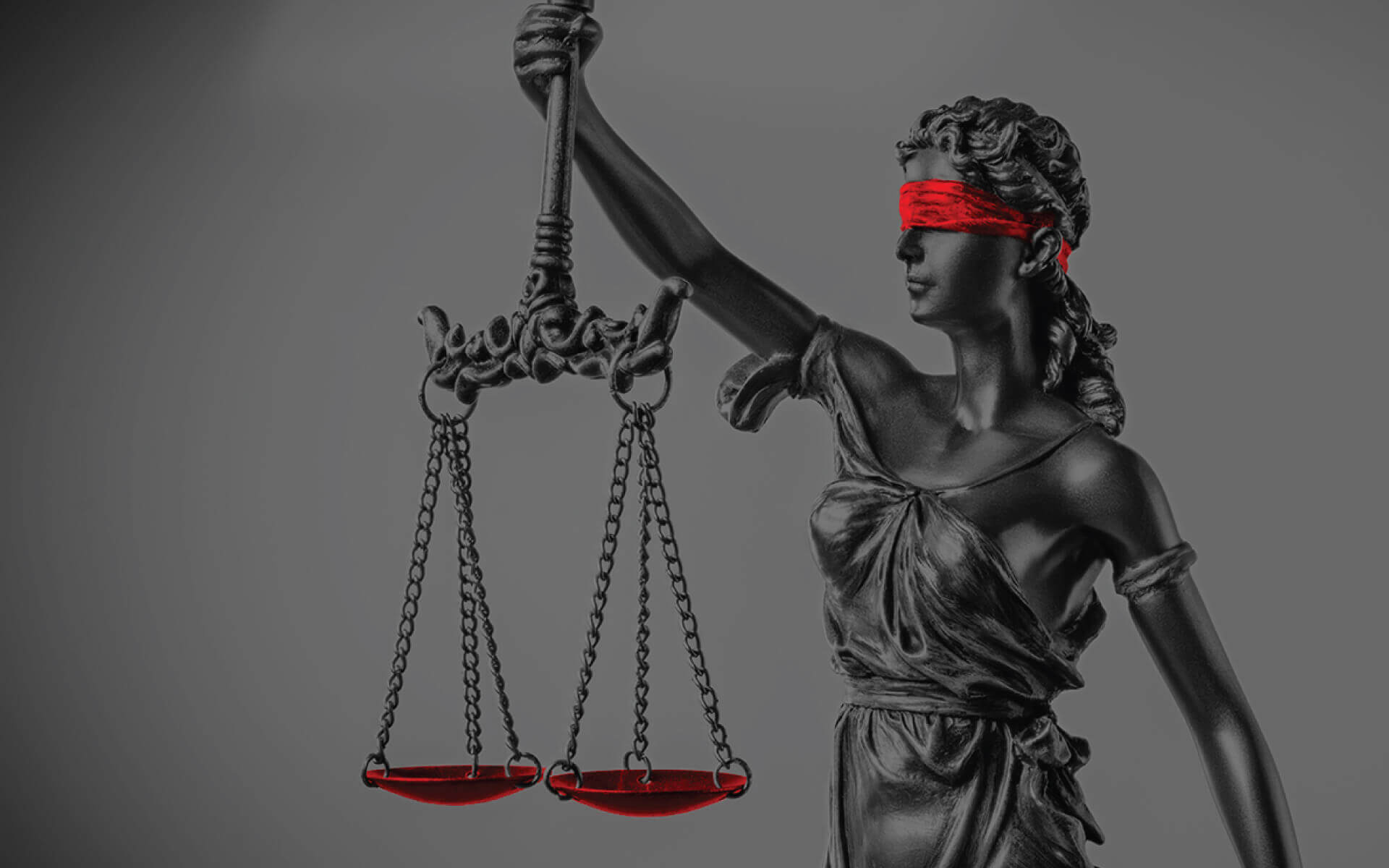
Make your case and settle it, once and for all.
Clients
The evidence is clear.
Impactful Voiceover for the Courtroom: Enhance Your Case
The voice actor’s role is crucial in delivering clear, accurate, and appropriately-toned technical and legal information to ensure non-technical audience comprehension.
In the courtroom, where product liability cases, medical malpractice, personal injury, and wrongful death suits are litigated, being able to present complex information in a simple to-understand fashion is integral to winning. Medical demonstrative illustrations and animations must provide anatomical accuracy and have effective messaging directed to lawyers, prosecutors, the judge, and the jury. Exhibits have to portray the facts, the medical chronology, and any key surgical events to illustrate the arguments of the case. Med-legal voice over is also used to create tutorials and educational materials to explain complex medical procedures, present medical evidence, illustrate medical concepts to a judge and jury, and to support patent litigation cases.
Patent litigation involves lawsuits where one party (often a company) claims that another party is infringing on their patent. A patent grants the inventor exclusive rights to make, use, or sell an invention for a certain period. These cases can be highly complex, dealing with intricate technology, scientific principles, and legal interpretations of patent law.
To help judges and juries understand the technical aspects of the patent at the heart of the case, parties may use “tutorials” or “demonstrative evidence.” This is where voice over comes in.
- Explaining the technology:
- Voiceover narrates animations or videos that illustrate how the patented invention works. This might involve explaining complex machinery, chemical processes, or software algorithms.
- Defining patent claims:
- Voiceover can clarify the specific “claims” of the patent, which are the legally defined boundaries of what the patent protects. These claims can be written in highly technical language.
- Comparing technologies:
- Voiceover might explain how the patented invention is different from prior art (existing technology), which is a key part of proving infringement.
- Illustrating infringement:
- Voiceover can guide animations or simulations that show how the accused product or process allegedly infringes on the patent.
Effective voiceovers in Patent Litigation require accuracy (technical accuracy is paramount), clarity (making complex information understandable to a lay audience), objectivity (the tone should be neutral and unbiased, focusing on explaining the facts rather than advocating for a particular outcome) and professionalism (an authoritative tone is required).
Debbie’s adept ability to pronounce complex medical jargon in an articulate way, and convey the science behind the research as if she performed the studies herself, makes her the perfect choice to voice medical-legal voiceover. Her authoritative, warm, and professional delivery comes from an extensive career in medical narration, voicing projects for international pharmaceutical companies, small biotech startups and everything in-between, and specifically useful for the needs of the medical-legal voice-over.
